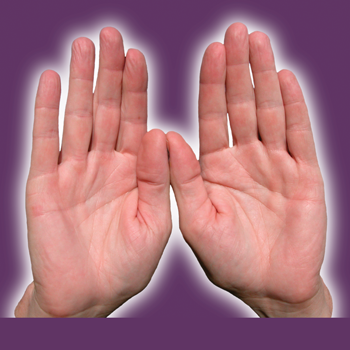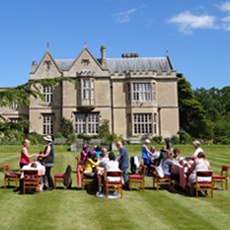by William Lee Rand
Teaching a Reiki class can be a very rewarding experience. Watching your students receive the ability to give Reiki for the first time can fill your heart with joy for being present at such an important moment in their lives. Having them follow your guidance as they learn how to give Reiki treatments to themselves and other students and seeing their surprise and delight at the new energy they are experiencing is priceless. A well thought out class is a must if you want to provide a meaningful experience for your students. Here are a few ideas that have worked for me.
Preparation
It is important that you have a well thought-out class outline and that you go over it and practice the mediations, demonstrations, discussions and exercises until you feel confident with them. It is also important that you prepare your own energy. Being in a confident, optimistic, compassionate and supportive state of mind is very important. This can be achieved by doing lots of Reiki on yourself, receiving Reiki treatments from others, saying positive affirmations and most importantly, sending Reiki to your students before the class. I suggest you send Reiki days or even weeks before the class. Intend that your students will be deeply healed in the class and that they will become great healers themselves.
Class Materials
A good class manual is a must. It should contain a clear description of what Reiki is, how it works, what it can heal and how to use it. It should also contain diagrams or pictures of all the hand positions for self and others and instructions on how to do the various techniques you will be teaching including how to give a complete treatment.
Creating Group Rapport
It is important that the members of the class quickly develop a positive connected feeling between each other. This class rapport or group consciousness is important for the learning process to unfold effectively. When students have a positive regard for each other they will feel safe. This will help them to relax and be open and receptive to the new material and experiences they will be having. It will also help them open more fully to their own healing process in class. Class rapport can be developed by having the members of the class do things together. This is best started right at the beginning of class. To do this, you can have them do things like smudge each other, do grounding exercises with each other, do introductions while sitting in a circle, or conduct a meditation involving the flow of energy around the circle. I am sure you can think of other exercises similar to this that will build class rapport. Also remember that during the class it will be the state of your consciousness that will have the most important effect on class rapport, so make sure you have an open, positive uplifting regard toward your students and be looking for ways to support and validate them. An important goal is for your students to leave the class with a positive attitude toward Reiki and toward their ability to use it.
Western and Japanese Techniques
In a well thought out class, it is important that students understand the latest information about the history of Reiki and learn both Western and Japanese methods. The Western style introduced by Mrs. Takata has value and focuses on the use of standard hand positions for each client. The original Japanese Reiki Techniques (JRTs) taught by Dr. Usui make use of ones intuition and help the student create treatments that are specifically tailored to the individual needs of the client. The JRTs also contain other valuable techniques such as Gyohi ho — a method of sending Reiki with the eyes, Koki ho, a method of sending Reiki with the breath, Kenyoku — a method for cleansing your energy field, byosen scanning — a method for finding areas in the client that need Reiki. Both methods have value and when taught together give the student a wider range of choices in the use of Reiki.
After Class Follow-up
Your class should include enough practice time to give the student a feeling of confidence in the use of Reiki so that they will be inspired to use it on themselves and others after class. Continued practice is a must. To encourage this, have your students pick a Reiki buddy in class and have them agree to send distant Reiki to each other after class or to meet to exchange treatments with each other. Also, have them commit to giving a certain number of treatments to family and friends. Organizing Reiki share nights are also important. At a share night, students can get together to share Reiki treatments with each other.
Note that all of the above information and much more is included in the Reiki class workbook I developed for my classes, Reiki, The Healing Touch.
This is just part of the article which appears in the Summer 2002 issue of the hard copy Reiki News Magazine.







